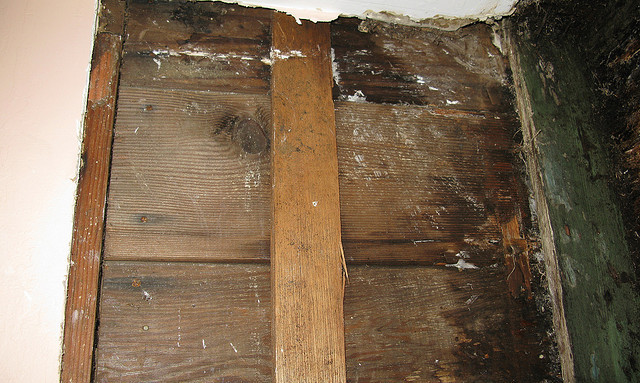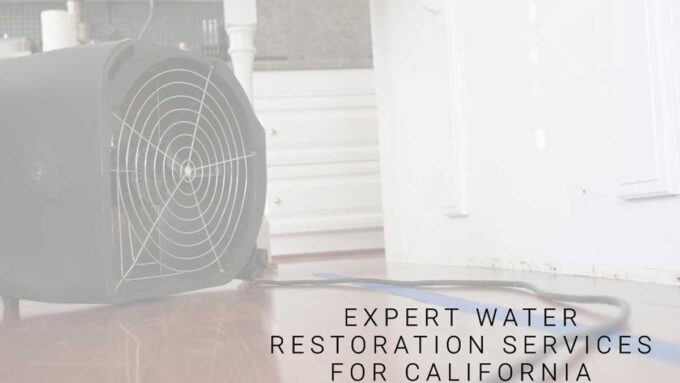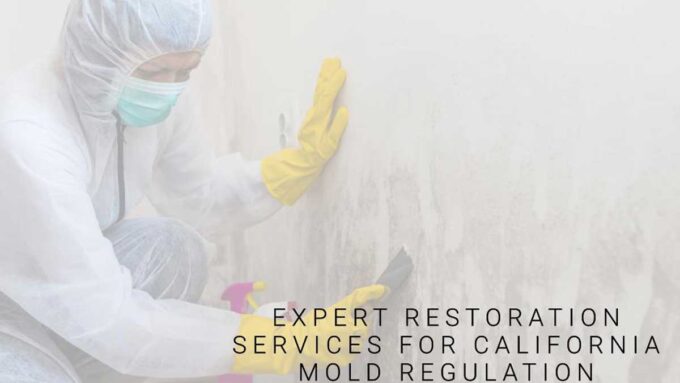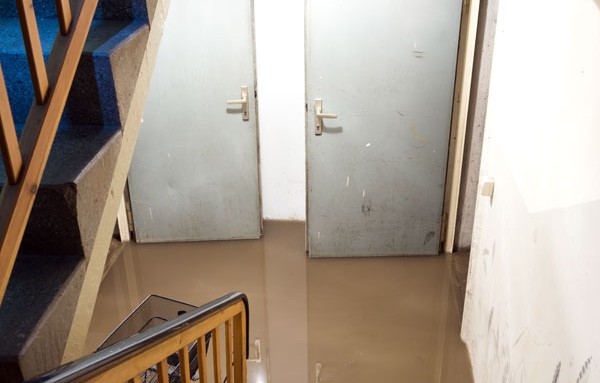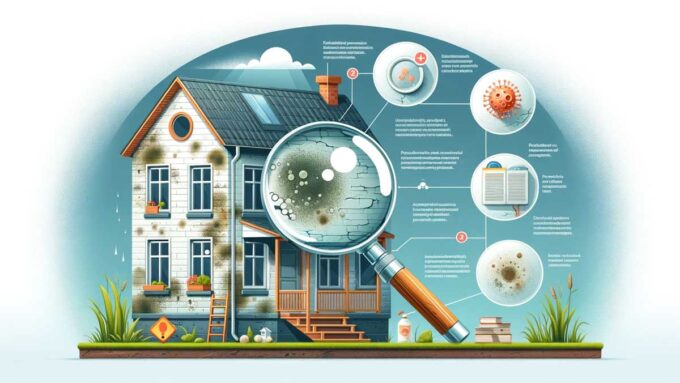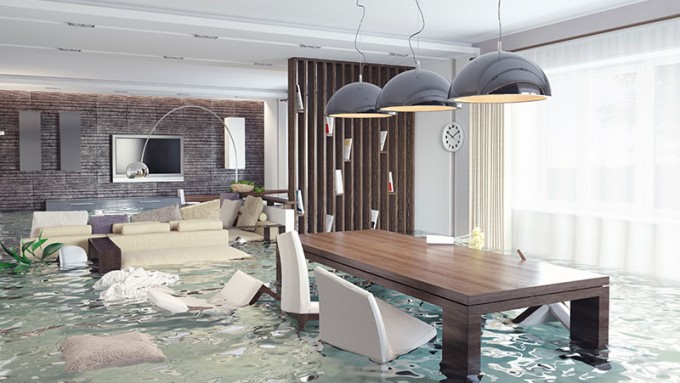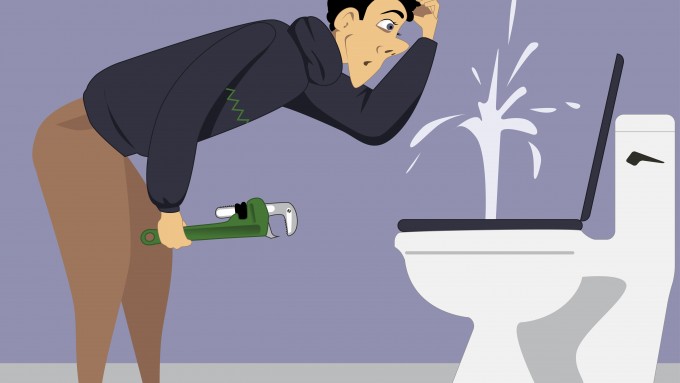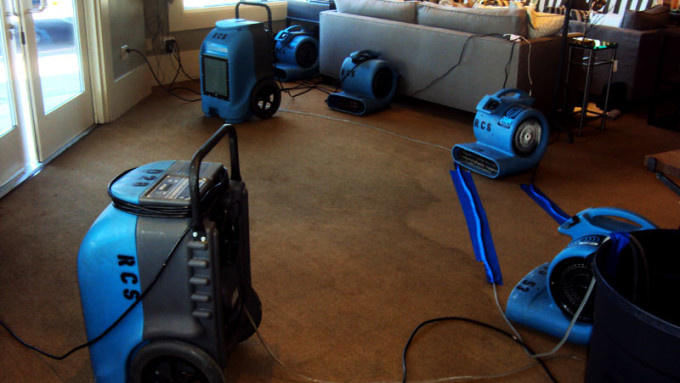As a homeowner, one of the worst types of damage that can affect your home is water damage. Either caused by flooding or by fierce storms, water seeping into your walls, foundation, and floors can present significant problems as well as a major headache.
In addition to the visible deterioration of your home, water damage has a lasting effect, typically in the form of mold. While mold comes in many flavors, most species thrive in a damp, organic, and oxygen rich environment. For this reason, homes that have had extensive water damage are pristine locations in which mold can grow. It’s important to note that mold spores are tiny, sometimes even microscopic, and thus they can attach themselves anywhere in your home.
The biggest problem with removing mold, for example after a flood, is that it gets everywhere. If carpets are soaked through, they need to be removed. Wooden floorboards will be a ripe breeding ground, as the spores can take root within the wood, making them difficult to kill completely. Additionally, mold loves to attach itself to insulation within the walls, so it usually is necessary to remove and replace the insulation.
In order to adequately remove mold from a water damaged area, the area is first cleaned of any excess water. Then, it’s important to dry every surface fully as quickly as possible to mitigate the amount of mold that can take hold. Then, once the area dries, it needs to be cleaned thoroughly with a mold-killing agent. Restoration Certified Specialists, Inc. use solutions that not only kill any existing mold, but help prevent any new spores from taking root. If floorboards are completely soaked through, it may be necessary to remove them, not only to prevent mold, but because they may warp once dry.
Finally, since it’s easy for mold to get behind the drywall and attach itself to insulation, any home with significant water damage will have to get the insulation replaced. While this is labor and cost intensive, it is necessary for the health and safety of your home. Mold spores can cause a plethora of ailments, and the possibility for toxic mold to grow is enough to warrant the removal of insulation.
While mold infestations are a real pain to remove, getting mold out of your house as soon as possible after water damage will help mitigate the amount of work necessary and save you both time and money. To ensure that the work was done right and mold completely removed, testing and inspections should be made by a trained mold specialist.

